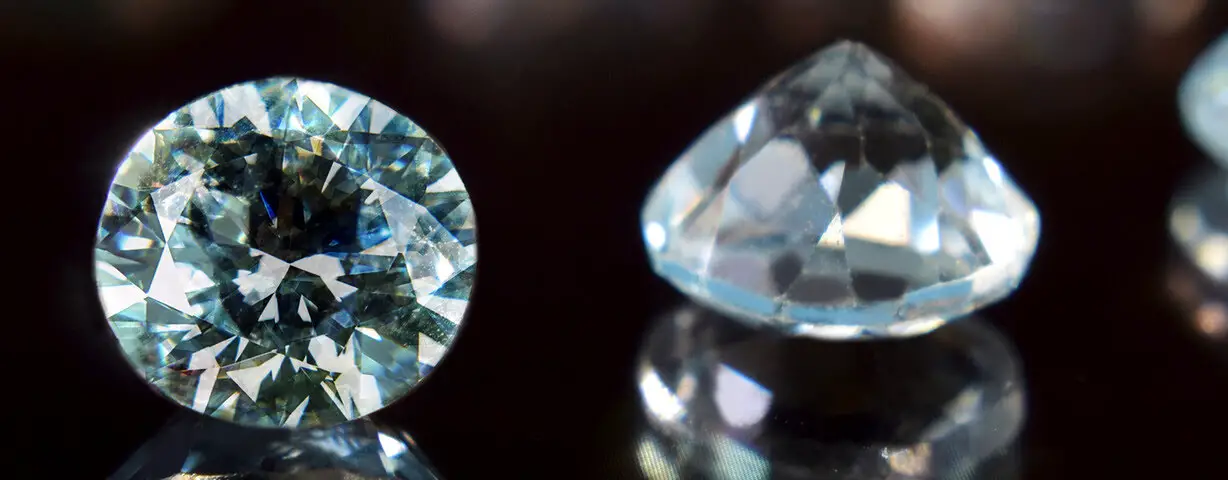Wanna know what are the 6 noteworthy examples of brittle materials in real life? If yes, then you are at the right place at the very right time. But before going ahead, let me tell you what are brittle material. Brittle materials are specific types of materials that tend to fracture or break easily when subject to stress or force, without going through significant plastic deformation.
This unique characteristic of brittle materials makes them suitable for various applications in different industries such as engineering, designing, manufacturing, and so many others. In this exclusive article, we will explore 6 noteworthy examples of brittle materials, their properties, and their various applications in different industries.
6 Noteworthy Examples of Brittle Materials
- Ceramics
- Glass
- Silicon
- Zirconia
- Granite
- Rock Salt
Ceramics

Ceramics are versatile brittle materials that have been used for thousands of years. From traditional clay-based pottery to advanced engineering ceramics, They offer excellent heat resistance, electrical insulation, and chemical stability.
Ceramics are brittle materials that tend to exhibit limited plastic deformation. They fail suddenly and catastrophically when subjected to stress or impact. This behavior is primarily due to the atomic structure and bonding in ceramics, which leads to a lack of dislocations and a limited ability to absorb and redistribute stress.
However, it’s worth noting that there are some ceramics that can exhibit a certain level of ductility under specific conditions or with the addition of certain additives. But, this is not the case for most ceramic materials.
Glass

Glass is one of the most commonly known brittle materials that has been used by humans for thousands of years. It is an amorphous solid primarily made up of silica. One of the most notable properties of glass is its transparency which allows light to pass through it.
The techniques for manufacturing glass have evolved and expanded over the centuries, leading to a great wide range of practical applications. These include soda-lime glass, used for windows and containers, borosilicate glass, known for its high resistance to thermal shock and used in laboratory glassware, and lead glass, used for fine crystal and optical lenses.
In addition, glass is an environmentally friendly material. Therefore, as a result, it is recyclable that can be melted down and used in the production of new glass products.
Silicon
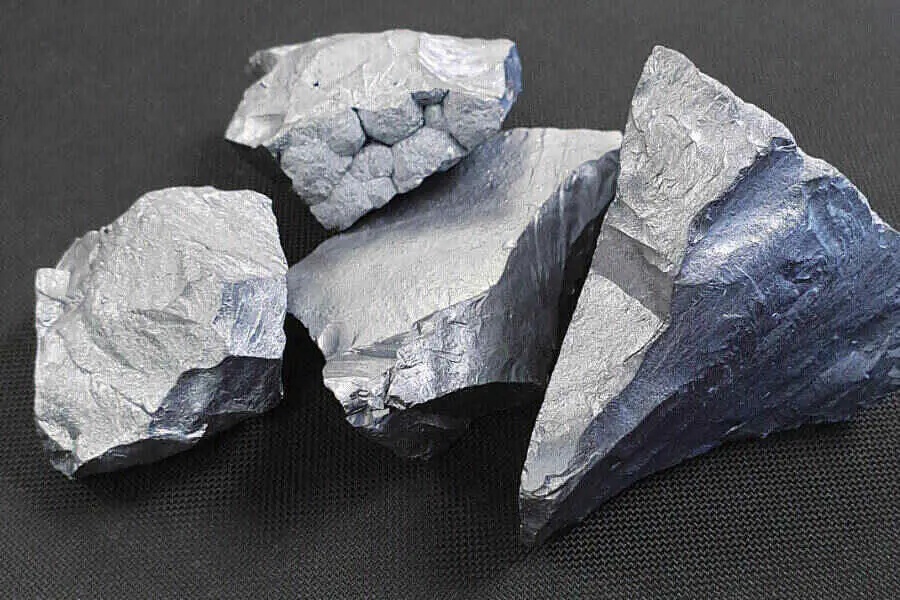
Silicon, in its pure form, is considered a brittle material. It has a crystalline structure, and its atoms are tightly packed, which makes it prone to fracture rather than deformation. However, its worth noting that the mechanical properties of silicon can easily be influenced by different types of factors such as impurities, crystal structure, temperature, and the presence of stress concentration points.
For example, at very high temperatures, silicon can exhibit some ductile behavior. Additionally, by introducing certain dopants or altering their crystal structure, such as in the case of amorphous silicon, it is possible to enhance its ductility to some extent.
It is the primary material we use for the production of solar cells. Not to mention, it is also used in the manufacturing of various types of alloys. In addition, silicon has excellent thermal and chemical stability, which makes it an ideal material for high-temperature applications.
Editor’s Choice: Difference Between Crystalline and Amorphous Solids
Zirconia
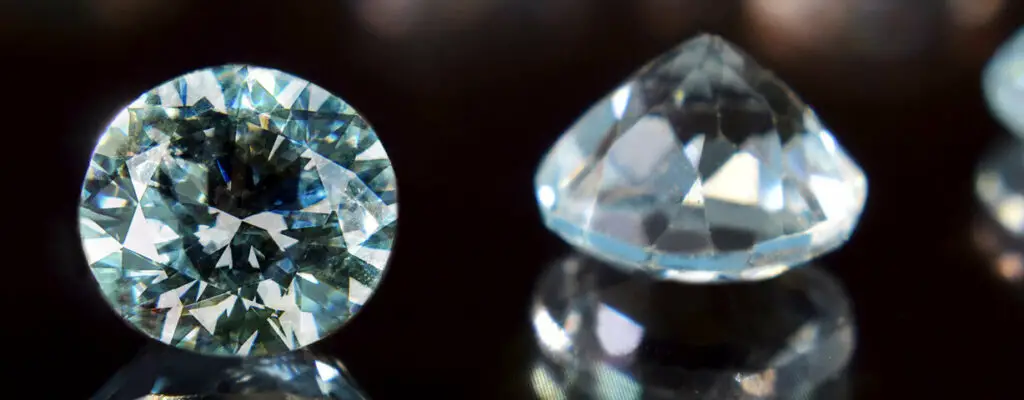
Zirconia, also known as Zirconium Dioxide (ZrO2), is a typical type of ceramic that is considered a brittle material. They have a tendency to fracture or break when subjected to stress. This happens because their atomic structure and bonding arrangements do not readily allow for the movement of dislocations, which are responsible for plastic deformation in ductile materials. It is important to note that Zirconia is brittle in its pure form.
However, by manipulating some of the factors like microstructure, temperature, and, the presence of stabilizing additives, it is possible to enhance the toughness and fracture resistance of zirconia. These types of brittle materials are generally used in applications such as dental implants, cutting tools, aerospace components, etc.
Granite
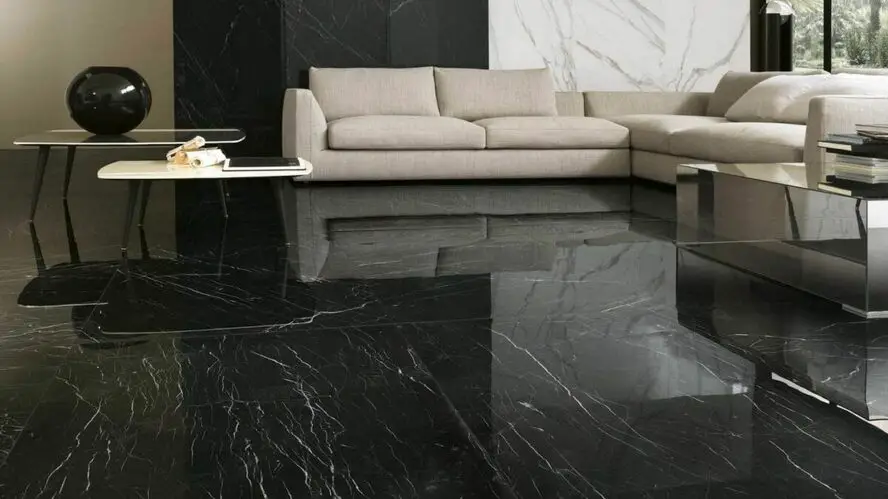
Certain rocks like marble or granite exhibit brittle behavior. Hence, they possess high compressive strength but limited tensile strength. Granite is a type of igneous rock that is primarily made up of a composition of quartz, feldspar, and mica. They are extensively used in sculptures, construction works, architectural elements, etc.
Not to mention, there are some varieties of granite that may show a limited degree of ductility, of course, under specific conditions. These conditions include high temperature, and pressure, where a granite may undergo a plastic deformation before breaking apart. However, in general, granite is considered to be a purely brittle material.
Rock Salt
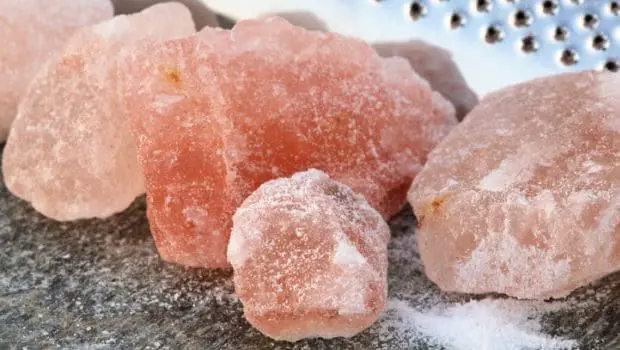
Last but not least one on my list of top 6 noteworthy examples of brittle materials in real life is Rock Salt. Also known as Halite or Sodium Chloride, Rock Salt is a sedimentary mineral composed primarily of sodium chloride (NaCl) and is characterized by its crystalline structure.
It is formed through the evaporation of seawater or the drying up of saltwater lakes over extended periods of time. Rock salt is usually translucent or transparent. They are also available in various shades of colors like white, grey, pink, and red, of course, depending on the impurities present in the rock.
As far as their applications are concerned, not only, they are widely used as a seasoning in cooking and food preservation by humans for thousands of years. In today’s world, it is also an essential component in the production of chemicals, chlorine, and sodium hydroxide.
Some other Examples of Brittle Materials in Daily Life
Apart from the above-mentioned ones, I am also mentioning a few here.
- Beryllium Copper
- Limestone
- Sandstone
- Gallium Arsenide
- Fiberglass
- Gypsum, etc.
That’s it for this post. If you like this article, share it if you like, like it if you share it. You can also find us on Mix, Twitter, Pinterest, and Facebook. Hey man, If you have come this far, do give us feedback in the comment section. It would make my day. You can also make a donation. Your donations will help us to run our website and serve you BETTER. Cheers!!!
You might also like:
- Examples of Magnetic Materials: A Comprehensive Guide
- Difference Between Ductile and Brittle Materials
- Examples of Ductile Materials and Their Uses: A Comprehensive Guide
- Uncovering Different Types of Copper Wire for Multiple Applications
